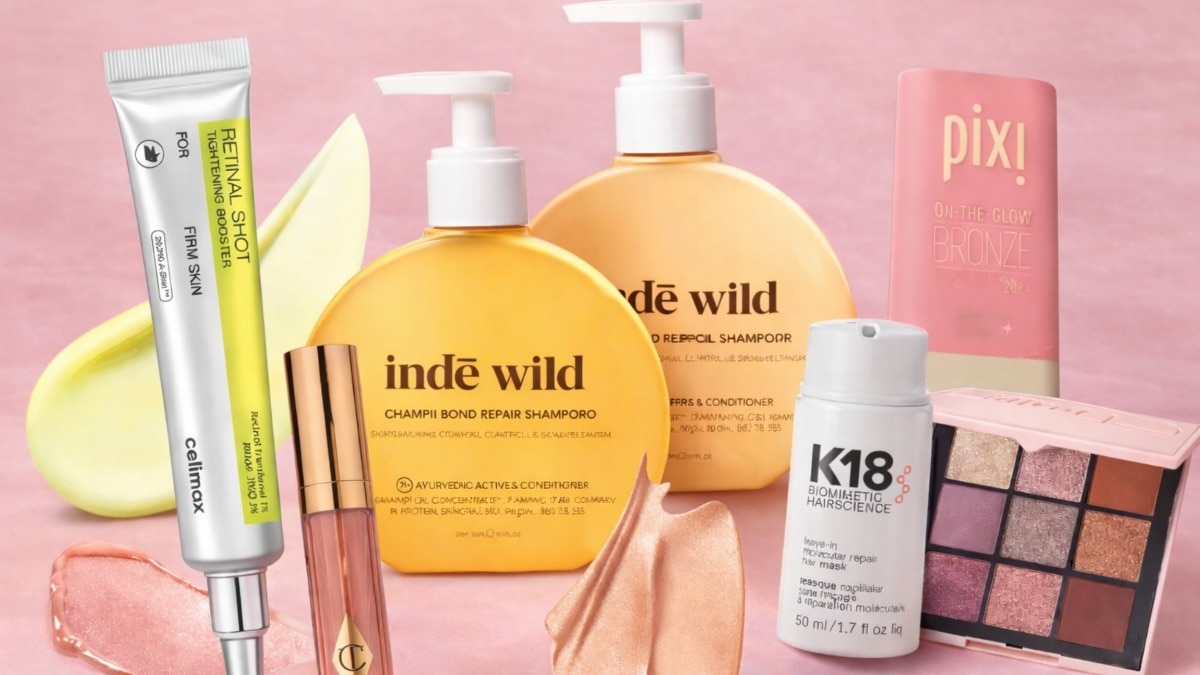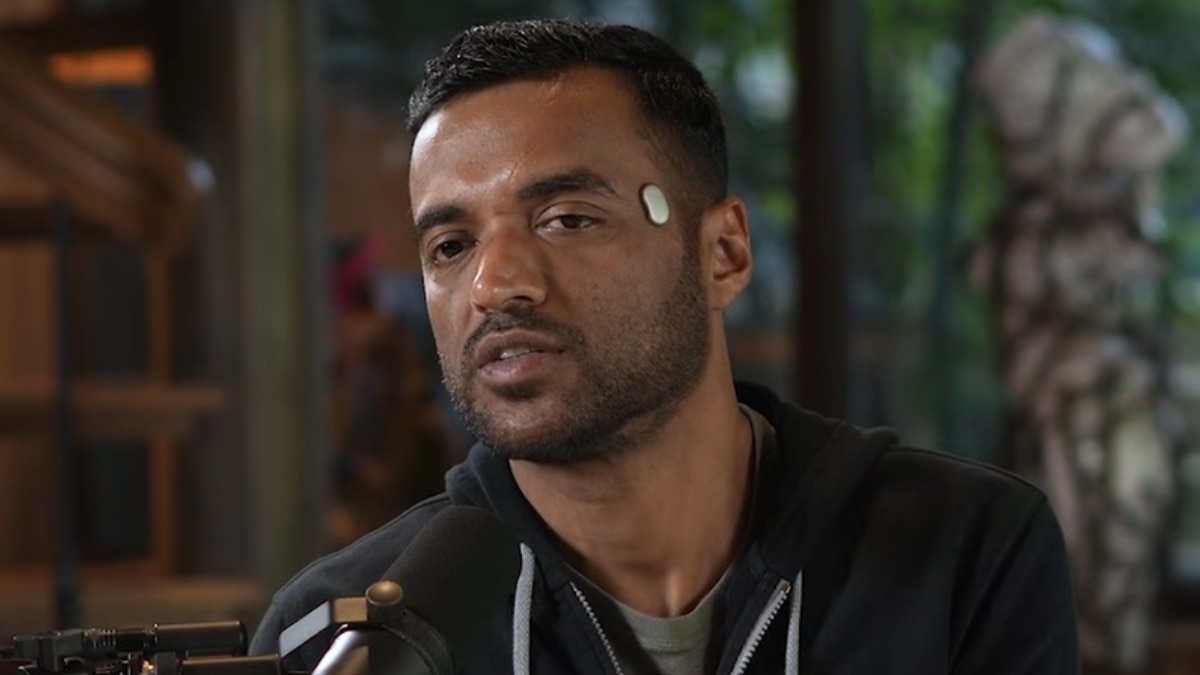
Having once lost out to botox and fillers, the facelift is enjoying a revival
We look at its rise in popularity and the non-surgical alternatives.


Ten years ago, had I pitched a story about facelifts to my editor, I would have received a definitive no. In those days, the procedure didn’t deliver on its promises; those brave enough to go under the knife were often left with the telltale wind-tunnel effect. Meanwhile, non-invasive treatments, such as Botox, filler and laser, were growing in popularity, perceived as safer and offering more natural-looking results.
So why, over the past year, has the number of patients choosing to undergo a facelift increased by 97 per cent in the UK? Meanwhile, top surgeons in LA are seeing patients pay as much as $250,000 (₹2.08 crore)—and wait up to a year—for the procedure.
The most obvious reason for this trend is the improvement in the quality of the work being done. ‘We can’t even see the scars now—that’s how good surgery is,’ says the plastic surgeon Georgios Orfaniotis, who performs two facelifts a week from his London practice. ‘There are definite clues that I’d look for, but they’re becoming nearly impossible to spot.’ In New York, Dr Andrew Jacono has pioneered a method that goes beyond simply lifting the skin and tucking it behind the ears. The Deep Plane Facelift involves manipulating the layers of tissue and fat below the skin to tighten the face and reposition the features, adding in brow-, eye- or lip-lifts if required. It isn’t a simple operation—creating this kind of ‘natural’ look takes up to six hours—but the results are so convincing that the work can go almost undetected. ‘That’s helping to loosen the stigma of having a lift,’ says Jacono.
The SAG-AFTRA strikes have also been cited as a contributing factor for the current upsurge in procedures, with actors now able to go into hiding for three weeks—the time it takes before you can leave the house after a facelift—and reappear looking incredibly rested without inciting suspicion. While sworn to secrecy, I can tell you that those celebrities who have had facelifts with the world’s best surgeons emerge looking as though they’ve spent six months at a spa rather than six hours under the knife, with a quality of skin and jawline that suggests they are simply blessed with good genes and the ability to age gracefully.
Yet others have no such desire to be discreet, and are so pleased with their transformations that they share them on social media. ‘It’s not just surgeons who are posting good work—their patients are also documenting their journeys,’ explains Orfaniotis. The UK-based doctor, Rajiv Grover agrees. ‘Instagram is the great plastic-surgery leveller—there is no hype, no sponsor, no bias,’ he says. ‘You can judge for yourself.’
The normalisation of non-invasive treatments has paved the way towards greater acceptance of the facelift, as consumers have become more willing to experiment with new technologies. At the same time, we are seeing a certain level of fatigue with the limitations of some types of cosmetic work. ‘There’s a law of diminishing returns,’ explains the dermatologist, Dr Paul Frank, who works alongside Jacono in his New York clinic. ‘The normal reflex for a patient is to keep doing more—more lasers, more injectables, more micro-needling—but this is when they can start looking unnatural. Too much work can also create scar tissue and skin stretching.’ Jacono says up to 70 per cent of his facelift patients have had filler, which he ends up removing to avoid what he describes as a ‘squaring off of the face that equates to a rather masculine effect’.
‘The honeymoon period is now over, and people are beginning to realise that anti-ageing is not just about fighting volume loss,’ says Orfaniotis; one must also counter the effects of gravity and skin slackening. Besides, non-invasive treatments simply cannot replicate the level of alterations a facelift can generate. ‘No filler or laser will remove the average one or two centimetres of skin removed during a lift, which is what’s actually needed to give the face that restored, youthful effect,’ says Grover.
While only highly skilled surgeons are authorised to perform plastic surgery, there is a lack of regulation when it comes to practitioners of treatments such as Botox. ‘Too many untrained practitioners are over- filling,’ warns the LA-based facial surgeon Dr Jason Diamond.
In expert hands, the modern facelift can restore a face so that it looks perhaps eight years fresher, without radically altering the overall appearance. ‘New treatments are about skin quality and health—they’re designed to support longevity so you’ll look better, not different,’ explains the London-based aesthetic doctor, Daniel Hunt.
Would I have a lift? I’m now 46, and surgeons unanimously agree that between 44 and 53 years old is the sweet spot for the best lift, when there is still a good structure and skin to work with. For now, however—in no small part due to a lack of funds—I’m content to restrict myself to carefully vetted, non-surgical options. Read on for Bazaar’s recommendations of the ingredients, procedures and practitioners you need to know.
BEST FOR TACKLING SKIN DAMAGE: CBG

CBD has dominated skincare in recent years, thanks to its anti-inflammatory properties, but experts are now shining a light on its close relative CBG (or cannabigerol), which has the potential to combat more than redness and irritation. ‘CBG interacts with receptors in the brain to mitigate the impact environmental damage has on the skin,’ explains Dr Zoya Awan, the medical director of Secret Aesthetics clinic in Harvey Nichols, Birmingham. ‘In addition, its antibacterial and moisturising properties help balance sebum production, promote cellular renewal and retain the skin’s hydration.’
As an antioxidant, CBG comes particularly recommended for those living in polluted urban environments, as well as for adults who find themselves struggling with spots despite having drier skin.
Since CBG is a rare compound—most harvested hemp plants only contain trace elements—topical products are still in their infancy. Try the Cannabinoid Face Serum from Cellular Goods, the UK’s first CBG-focused skincare brand, which is fortified with matrixyl, a peptide that helps refine the appearance of wrinkles and accelerate collagen production.
BEST FOR WRINKLES: EXOSOMES
Until now, retinol (a form of vitamin A) was the recommended treatment for smoothing fine lines and increasing skin firmness; its ability to boost cell turnover and collagen production exceeds that of any other topical ingredient, making it an excellent choice for those wanting to avoid needles and scalpels. But exosomes, the latest anti-ageing innovation, go further. Derived from young cells (in most cases, animal-based), these nanoparticles ‘communicate’ with unhealthy or older cells to encourage regeneration and the reduction of inflammation, thus slowing down the ageing process.
‘In dermatological studies, exosomes can be around 75 per cent more powerful than retinol,’ says the US-based plastic surgeon and regenerative-medicine expert Dr Steven Cohen, who advocates for preventative skincare ahead of surgery where possible. He has collaborated with the stem-cell surgeon Dr Tunç Tiryaki to develop Morphiya, a skincare product harnessing exosomes to reduce wrinkles. Meanwhile, some clinics are incorporating exosomes into treatments using a technique similar to micro-needling that allows the serum to penetrate skin more quickly and deeply. ExoTech Exo Face exosome treatment with Dr Shameema Damree (www.urbanretreat.co.uk), from £1,900 (₹1.93 lakh approx.)
BEST FOR AT-HOME TREATMENTS: CUTIS

From rose quartz gua shas to micro- and nanocurrent devices, face-massage tools have been growing in popularity. The latest innovation comes from the London-based dermatologist, Dr Shawana Vali, whose electronic Cutis tool has settings to ease muscle tension, contour, de-puff, lift, and perk up fatigued complexions supposedly revealing hidden cheekbones and boosting circulation in less than 15 minutes.
BEST FOR SKIN HEALTH: NAD+

Nicotinamide adenine dinucleotide (or NAD for short) is a co-enzyme in every cell of the body; while scientists have long known of its existence, new studies have confirmed a link with physical longevity.
On beauty labels, you’re most likely to spot NAD+, which refers to the ‘active form of NAD that participates in vital cellular processes such as energy production and DNA repair’, says Eugene He, a biotechnologist and founder of the Singapore-based skincare brand Invity. NAD+ inhibits inflammation and signs of ageing caused by environmental aggressors, while promoting the skin’s production of collagen, elastin, and laminin to help retain plumpness.
The body’s NAD+ supply depletes with age, so topical treatments or supplements may enhance skin health. Try Invity’s Youth Activating Microemulsion, laced with cica stem cells and calcium chloride to reinforce the skin barrier; or the Swiss brand Intuisse’s Active NAD+ Face Serum, which uses NAD+, pomegranate enzymes and marine plankton to minimise fine lines.
BEST FOR HYDRATION: POLYNUCLEOTIDES
To replace lost volume, a quick, effective solution is hyaluronic-acid dermal filler, while skin boosters such as Profhilo (also hyaluronic acid-based) administered via injections to hydrate the skin are another good option. Polynucleotides are even more subtle in their workings: these bio-stimulators (substances that stimulate other cells) target the cells that boost the production of collagen and elastin, prompting them to regenerate over time.
‘Instead of filling with hyaluronic acid, polynucleotides encourage the skin to hydrate itself,’ explains the aesthetician Daniel Hunt, who uses them on patients looking for longer-term results. ‘They help make the complexion healthier, rather than fixing it temporarily.’ Hunt uses the Ameela brand, whose products come in varying strengths for application on all facial areas, including the delicate under-eye region. Their purpose is to leave patients with tighter and brighter complexions.
This piece originally appeared in the November 2023 print edition of Harper's Bazaar UK.










